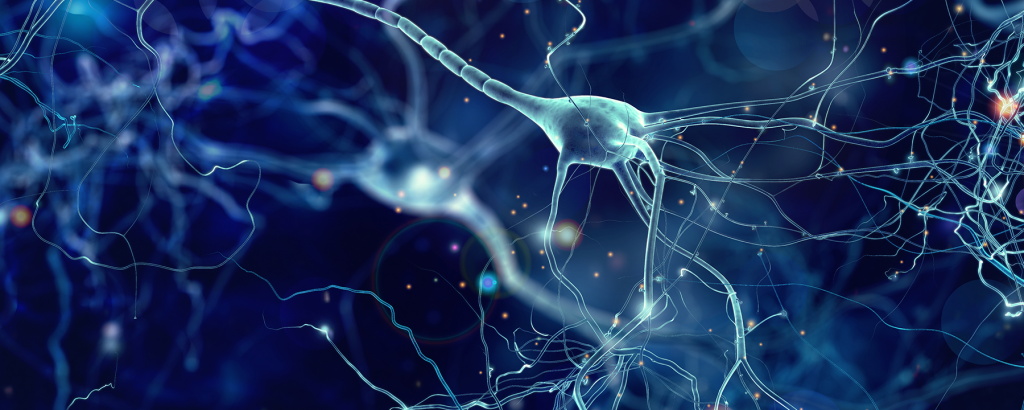There are approximately 5.6 million people over the age of 65 living with Alzheimer’s disease in the United States. With the population aging, that number is projected to grow to 7.1 million by 2025. Researchers know that age, a family history of the disease, and carrying a genetic variant known as APOE4 are all associated with a higher chance of developing the condition. But the biological mechanisms leading to Alzheimer’s are still largely a mystery.
Over the last decade, scientists have amassed evidence for a hypothesis that, prior to developing full-blown Alzheimer’s disease, patients experience a period of hyperactivity and hyperconnectivity in the brain. Several functional magnetic resonance imaging studies have reported that people with mild cognitive impairment (MCI), a condition that often precedes Alzheimer’s, appear to have higher brain activity levels than their age-matched counterparts. Researchers have also found signs of such changes in healthy people carrying the APOE4 allele, as well as in presymptomatic stages of Alzheimer’s in rodent models of the disease…







